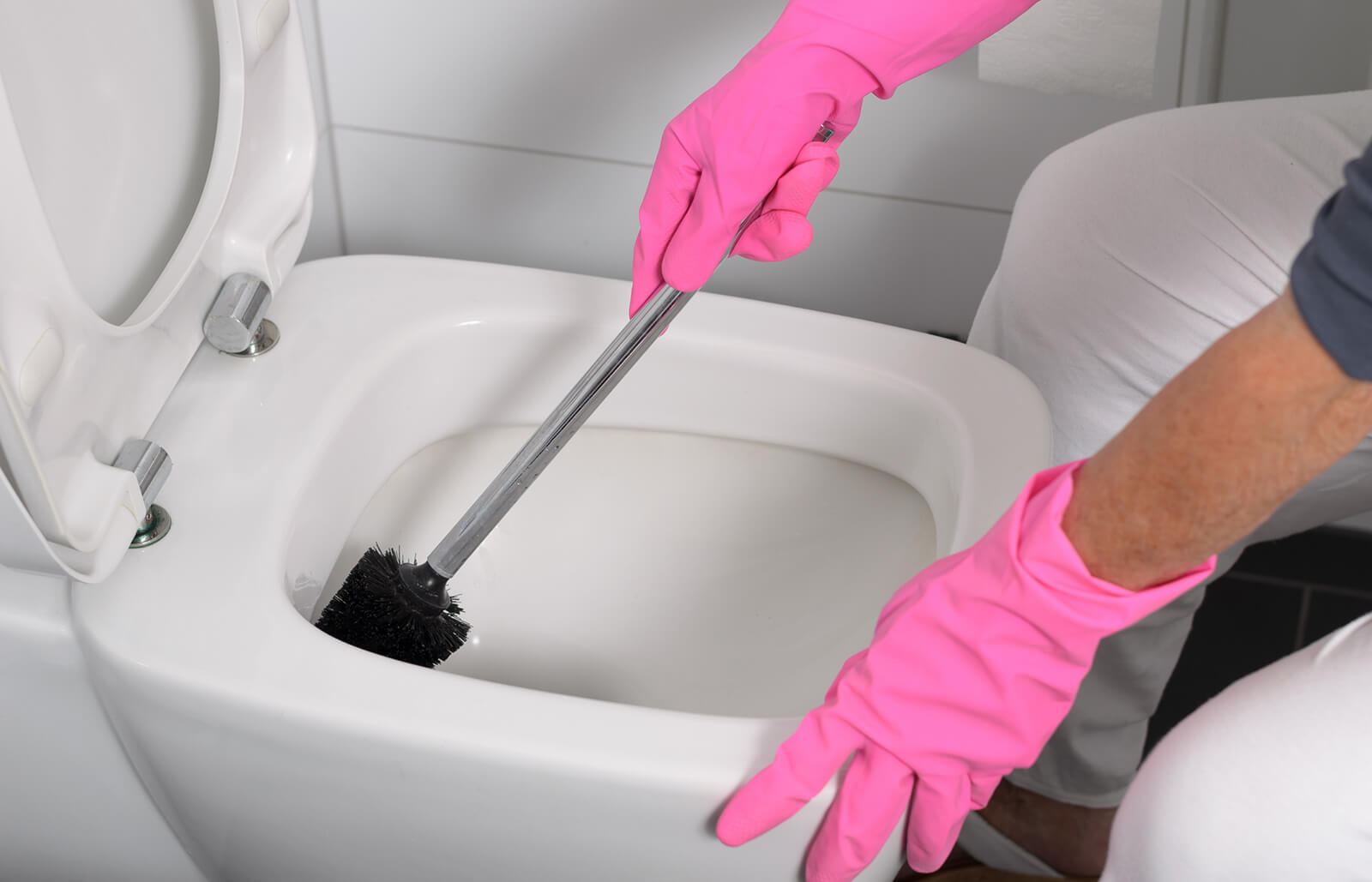

Articles
How To Get Stain Off Toilet Seat
Modified: October 20, 2024
Looking for articles on how to get stain off toilet seat? Find effective methods and tips to remove stains and keep your toilet seat clean and spotless
(Many of the links in this article redirect to a specific reviewed product. Your purchase of these products through affiliate links helps to generate commission for Storables.com, at no extra cost. Learn more)
Introduction
Welcome to our comprehensive guide on how to get stains off a toilet seat. A stained toilet seat can be unsightly and unhygienic, but with the right techniques and cleaning solutions, you can easily restore your toilet seat to its original clean and pristine condition.
Before we delve into the various methods to remove stains from a toilet seat, it’s important to understand the different types of stains you might encounter. Stains on toilet seats can be caused by a variety of factors, including mineral deposits, hard water, urine, mold, mildew, rust, or even stubborn dirt.
Now that you have a basic understanding of the types of stains, let’s move on to the materials you will need to effectively clean your toilet seat.
Key Takeaways:
- Say goodbye to unsightly toilet seat stains by identifying the type of stain and using the right cleaning solution, from vinegar for mineral deposits to a baking soda and hydrogen peroxide paste for urine stains.
- Keep your toilet seat pristine by incorporating preventive measures such as regular cleaning, flushing with the lid down, and addressing leaks promptly to minimize the chances of future stains.
Read more: How To Get Poop Stains Off Of Toilet Seat
Understanding the Types of Stains
Before you proceed with cleaning your toilet seat, it’s important to identify the type of stain you are dealing with. Different types of stains may require different cleaning approaches and solutions. Here are the most common types of stains you may encounter:
- Mineral Deposits: These stains are usually caused by hard water that contains high levels of minerals such as calcium and magnesium. They appear as white, chalky or crusty buildup on the toilet seat.
- Urine Stains: Urine stains can occur when urine comes into contact with the toilet seat for an extended period. They often appear as yellow or brownish discoloration.
- Mold and Mildew: If your bathroom has poor ventilation, mold and mildew can thrive in moist areas, including your toilet seat. These stains usually appear as black or dark green patches.
- Rust Stains: Rust stains are caused by the presence of iron in the water supply or metal fixtures. They can appear as reddish-brown marks on the toilet seat.
- Stubborn Dirt: Over time, dirt and grime can accumulate on the toilet seat, resulting in a dull or dirty appearance.
By understanding the type of stain you are dealing with, you can choose the most appropriate cleaning solution and method to effectively remove it. Now, let’s move on to the next section where we will discuss the materials you will need for the cleaning process.
Preparing the Necessary Materials
Before you start cleaning your toilet seat, it’s essential to gather all the necessary materials to ensure a smooth and effective cleaning process. Here are the materials you will need:
- Gloves: It’s always a good idea to wear gloves to protect your hands from any potential bacteria or harsh chemicals during the cleaning process.
- Toilet Brush: A toilet brush with firm bristles will be handy for scrubbing away stubborn stains.
- Microfiber Cloth or Sponge: A microfiber cloth or sponge is effective for wiping and polishing the toilet seat.
- Cleaning Solution: Depending on the type of stain you are dealing with, you may need specific cleaning solutions. Some common options include bleach, vinegar, baking soda, hydrogen peroxide, or commercial toilet cleaners.
- Bucket: A bucket filled with warm water will be useful for diluting your cleaning solution and rinsing off the toilet seat.
- Old Toothbrush: An old toothbrush can come in handy for tackling tight spots and hard-to-reach areas.
By having all the necessary materials readily available, you can save time and ensure a more efficient cleaning process. Once you have gathered all the materials, it’s time to move on to the next section where we will explore different cleaning solutions for various types of stains.
Cleaning Solutions for Different Stains
Now that you have gathered all the necessary materials, let’s explore the different cleaning solutions that can effectively remove various types of stains from your toilet seat:
- Mineral Deposits: For mineral deposits, a mixture of vinegar and water can be highly effective. Simply mix equal parts vinegar and water in a spray bottle, spray it onto the stained areas, and let it sit for a few minutes. Scrub the area with a toilet brush and rinse off with water.
- Urine Stains: To tackle urine stains, you can create a solution using hydrogen peroxide and baking soda. Mix one part hydrogen peroxide with two parts baking soda to form a paste. Apply the paste onto the stain, let it sit for a few minutes, scrub with a toilet brush, and rinse with water.
- Mold and Mildew: To remove mold and mildew stains, a mixture of bleach and water can be effective. Dilute bleach with water in a 1:10 ratio, apply it to the affected areas, let it sit for a few minutes, scrub with a toilet brush, and rinse thoroughly with water.
- Rust Stains: To tackle rust stains, you can use a commercial rust remover or create a homemade solution using lemon juice and borax. Apply the solution to the stains, let it sit for a few minutes, scrub with a toilet brush, and rinse off with water.
- Stubborn Dirt: For stubborn dirt, a combination of dish soap and warm water can do the trick. Mix a few drops of dish soap with warm water in a bucket, apply it to the stained areas with a sponge or cloth, scrub gently, and rinse thoroughly with water.
Remember to always follow the instructions on the cleaning products and take necessary safety precautions when handling chemicals. Once you’ve chosen the appropriate cleaning solution for your specific stain, it’s time to move on to the step-by-step cleaning guide in the next section.
Use a mixture of baking soda and vinegar to create a paste. Apply it to the stained area and let it sit for 15-20 minutes before scrubbing with a toilet brush. Rinse thoroughly with water.
Step-by-Step Guide to Remove Stains from Toilet Seat
Now that you are equipped with the necessary materials and cleaning solutions, let’s dive into the step-by-step guide to remove stains from your toilet seat:
- Put on your gloves: Start by putting on a pair of protective gloves to ensure your hands stay clean during the cleaning process.
- Prepare the cleaning solution: Depending on the type of stain you are dealing with, mix the appropriate cleaning solution as mentioned earlier.
- Apply the cleaning solution: Spray or apply the cleaning solution onto the stained areas of the toilet seat. Ensure that you cover the entire stained surface.
- Let it sit: Allow the cleaning solution to sit on the stains for a few minutes, following the recommended duration for the specific cleaning product or homemade solution.
- Scrub the stains: Use a toilet brush or an old toothbrush to scrub the stains gently. Apply some pressure to remove stubborn stains, but be careful not to damage the toilet seat.
- Rinse with water: Once you have scrubbed the stains thoroughly, rinse the toilet seat with warm water from a bucket or use the showerhead if available. Ensure that all traces of the cleaning solution and stains are washed away.
- Wipe and dry: Use a microfiber cloth or sponge to wipe the toilet seat dry. Make sure to dry it completely to prevent any water spots or streaks.
- Inspect and repeat if necessary: Inspect the toilet seat to ensure that all stains are removed. If there are still remnants of the stains, repeat the cleaning process using the appropriate cleaning solution.
Following these steps will help you effectively remove stains from your toilet seat and restore its cleanliness. But remember, prevention is always better than cure. Let’s explore some tips to prevent future stains in the next section.
Read more: How To Remove Azo Stains From Toilet Seat
Preventing Future Stains
After successfully removing stains from your toilet seat, it’s important to take preventive measures to minimize the chances of future stains. Here are some tips to help you keep your toilet seat stain-free:
- Regular cleaning: Make it a habit to clean your toilet seat regularly to prevent stains from building up. Wipe down the seat with a mild cleaning solution or disinfectant at least once a week.
- Flush with the lid down: Always remember to close the toilet lid before flushing. This will prevent urine from splashing onto the seat and causing stains.
- Use toilet seat covers: Consider using disposable toilet seat covers to provide an extra layer of protection and minimize direct contact between the seat and any potential stains.
- Keep the area well-ventilated: Proper ventilation in your bathroom will help reduce moisture levels, preventing the growth of mold and mildew, which can lead to stains.
- Address leaks promptly: If you notice any leaks around your toilet, such as from the tank or the water supply line, fix them as soon as possible. Lingering water can lead to mineral deposits and rust stains.
- Soft water treatment: If hard water is a common issue in your area, consider installing a water softener to reduce the mineral content and prevent mineral deposits on the toilet seat.
- Regular deep cleaning: In addition to regular cleaning, perform deep cleaning of your toilet seat every few months. This will help remove any embedded stains and maintain its cleanliness.
By following these preventive measures, you can prolong the cleanliness of your toilet seat and reduce the frequency of deep cleaning it to remove stubborn stains. Now, let’s wrap up this comprehensive guide.
Conclusion
Keeping your toilet seat clean and stain-free is not only essential for maintaining a hygienic bathroom but also for enhancing the overall aesthetics of your space. By understanding the different types of stains and utilizing the appropriate cleaning solutions, you can effectively remove stains from your toilet seat.
Remember to gather all the necessary materials, including gloves, a toilet brush, a microfiber cloth or sponge, and the appropriate cleaning solutions. Following a step-by-step guide, you can successfully remove stains and restore your toilet seat to its original cleanliness.
Prevention is key to avoiding future stains. Incorporate regular cleaning into your routine, flush with the lid down, use toilet seat covers, maintain proper ventilation, address leaks promptly, consider water softening methods, and perform regular deep cleaning to prevent stains from occurring.
By implementing these preventive measures and following the cleaning techniques shared in this guide, you can keep your toilet seat looking spotless and fresh. Enjoy a clean and inviting bathroom environment for yourself and your guests.
We hope this comprehensive guide on how to get stains off a toilet seat has been helpful. Now, armed with the knowledge and techniques, you can confidently tackle any stains that may arise and maintain a sparkling clean toilet seat.
Frequently Asked Questions about How To Get Stain Off Toilet Seat
Was this page helpful?
At Storables.com, we guarantee accurate and reliable information. Our content, validated by Expert Board Contributors, is crafted following stringent Editorial Policies. We're committed to providing you with well-researched, expert-backed insights for all your informational needs.
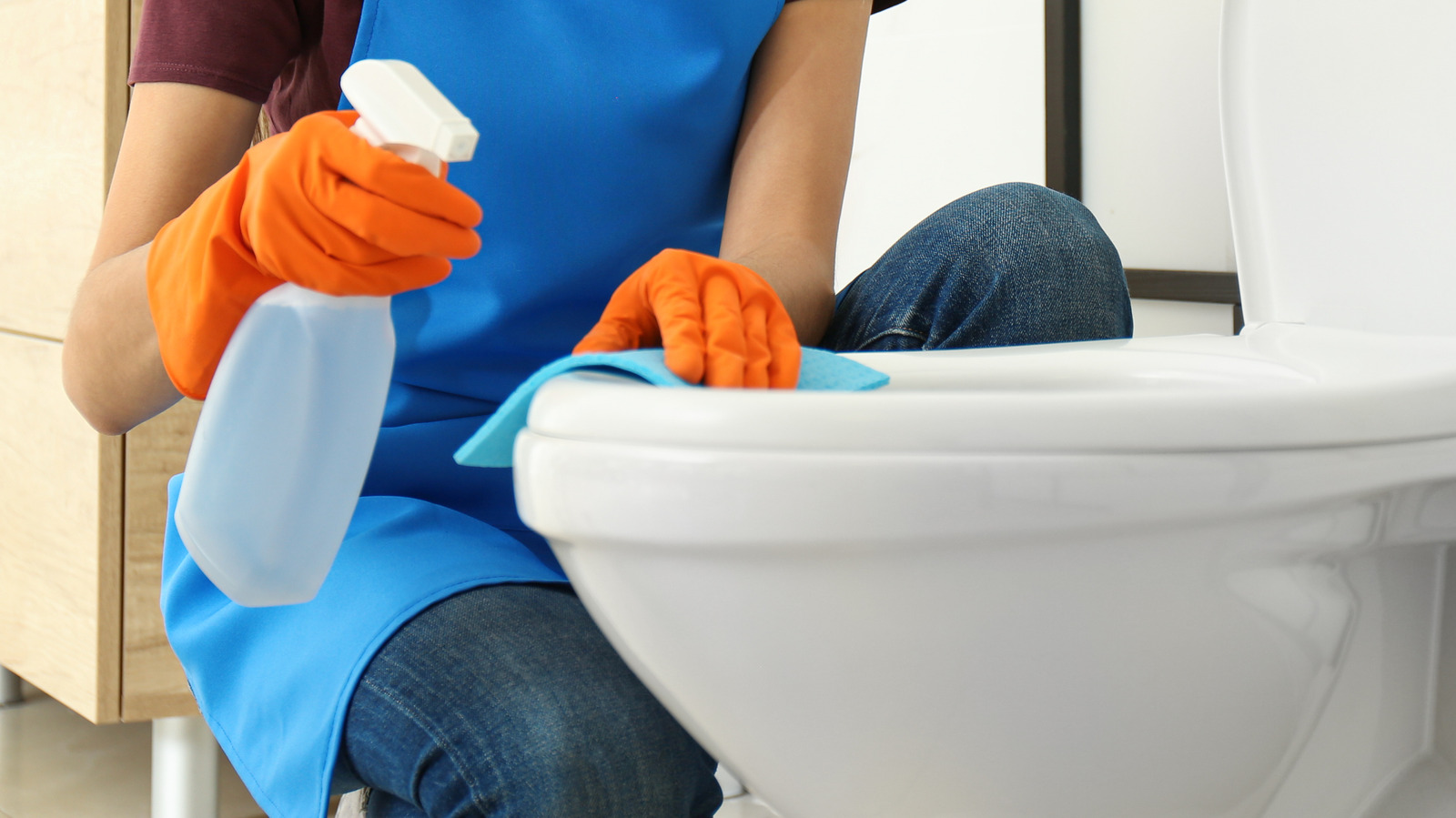
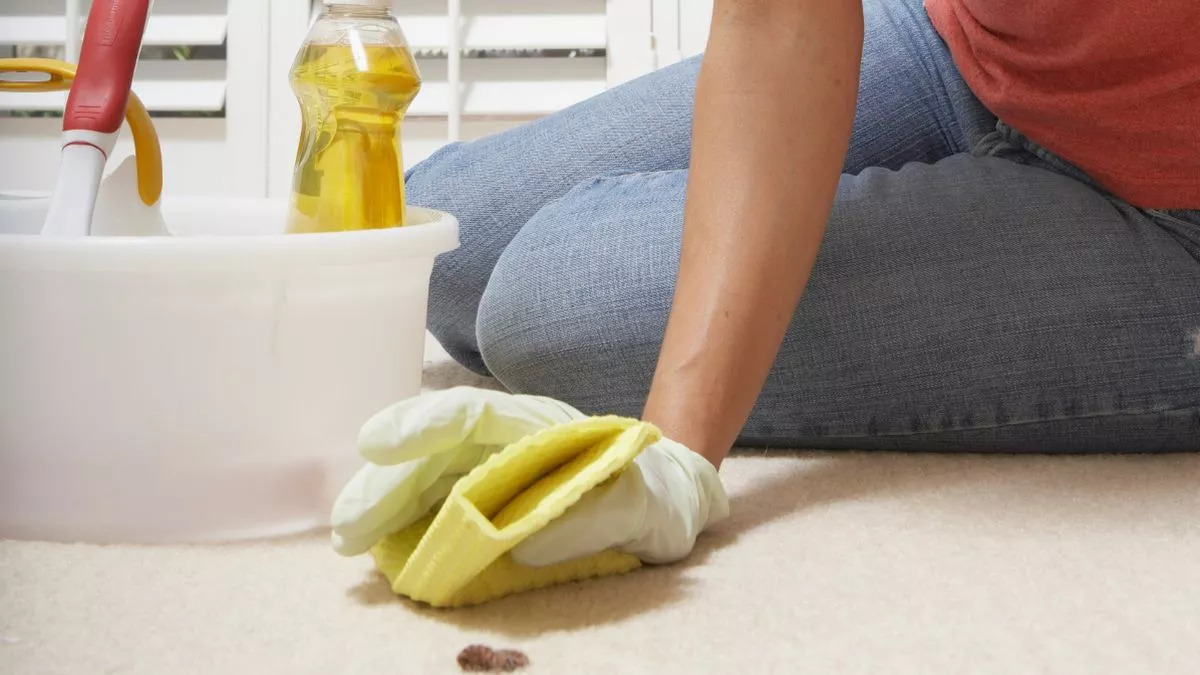
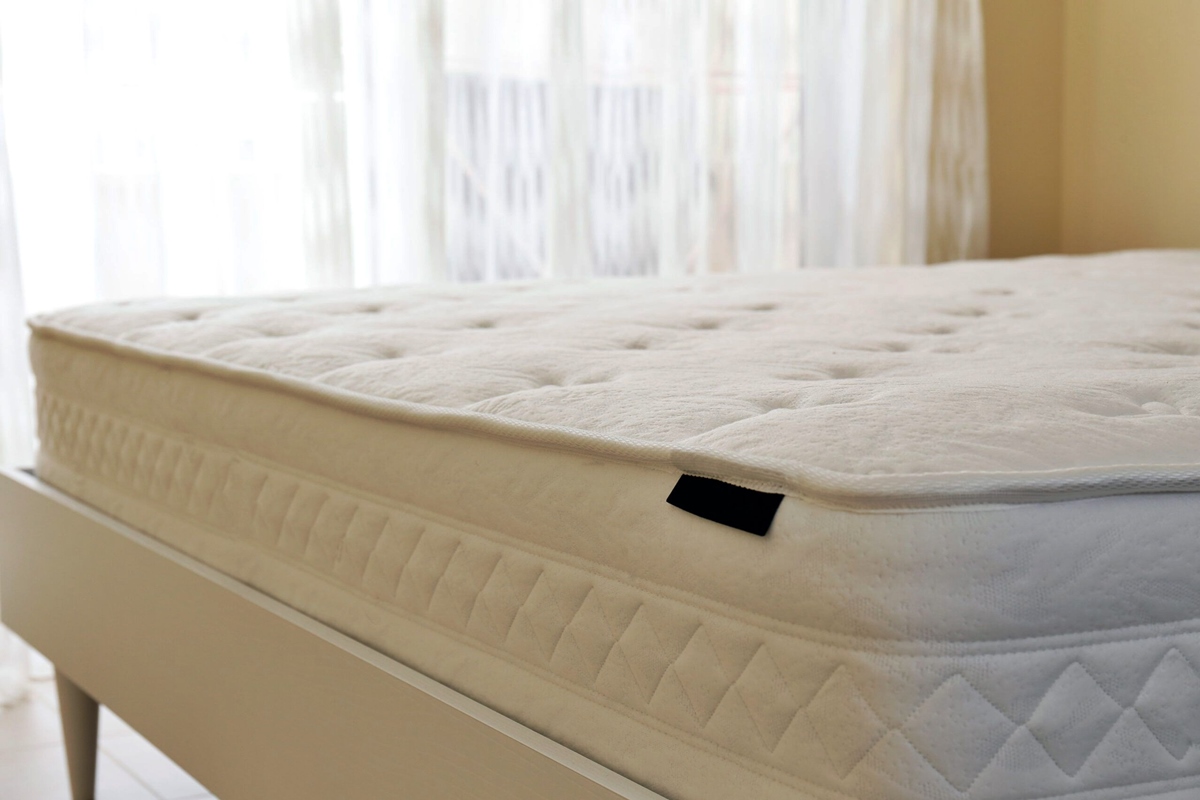
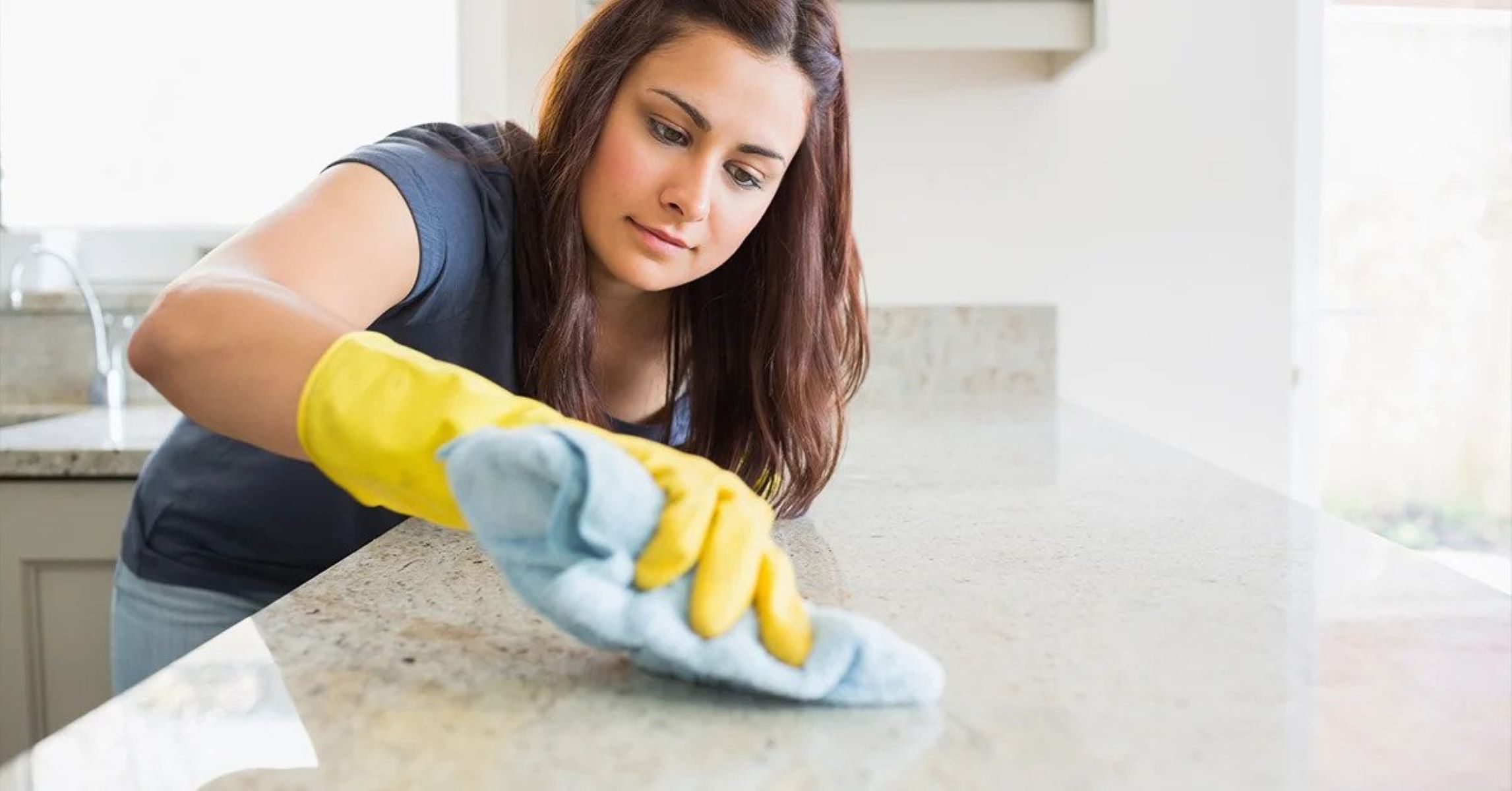

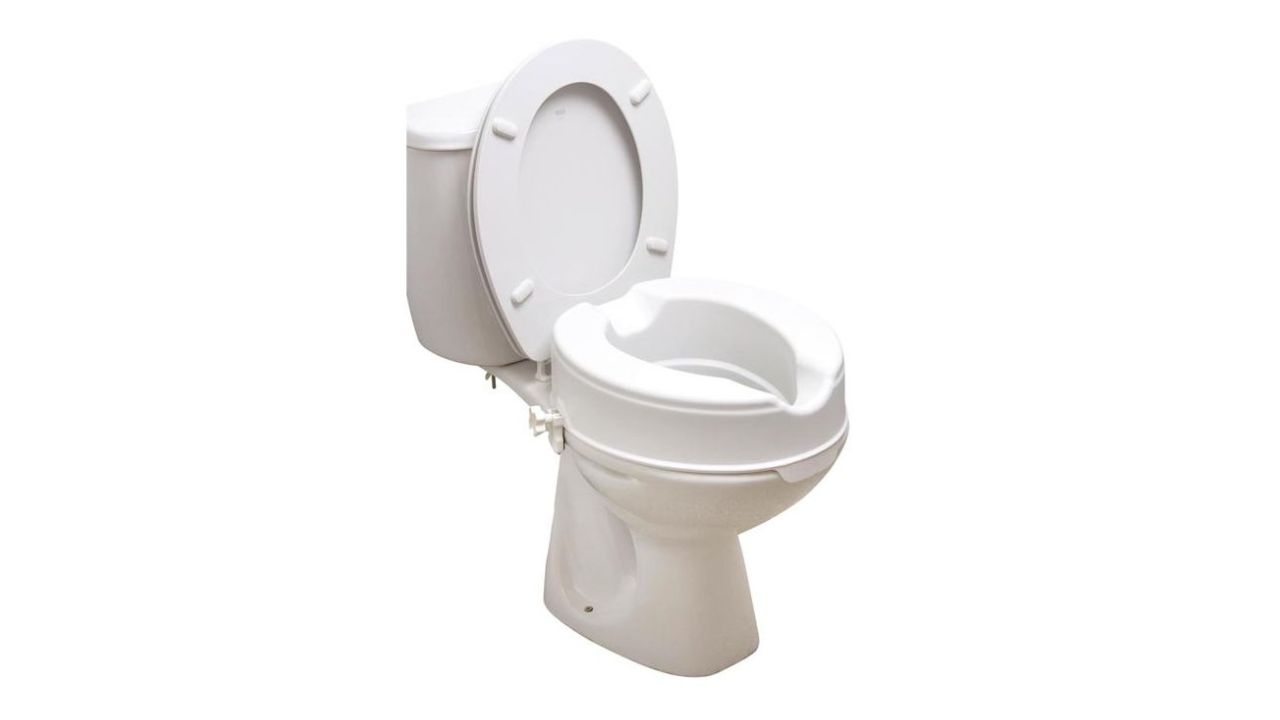
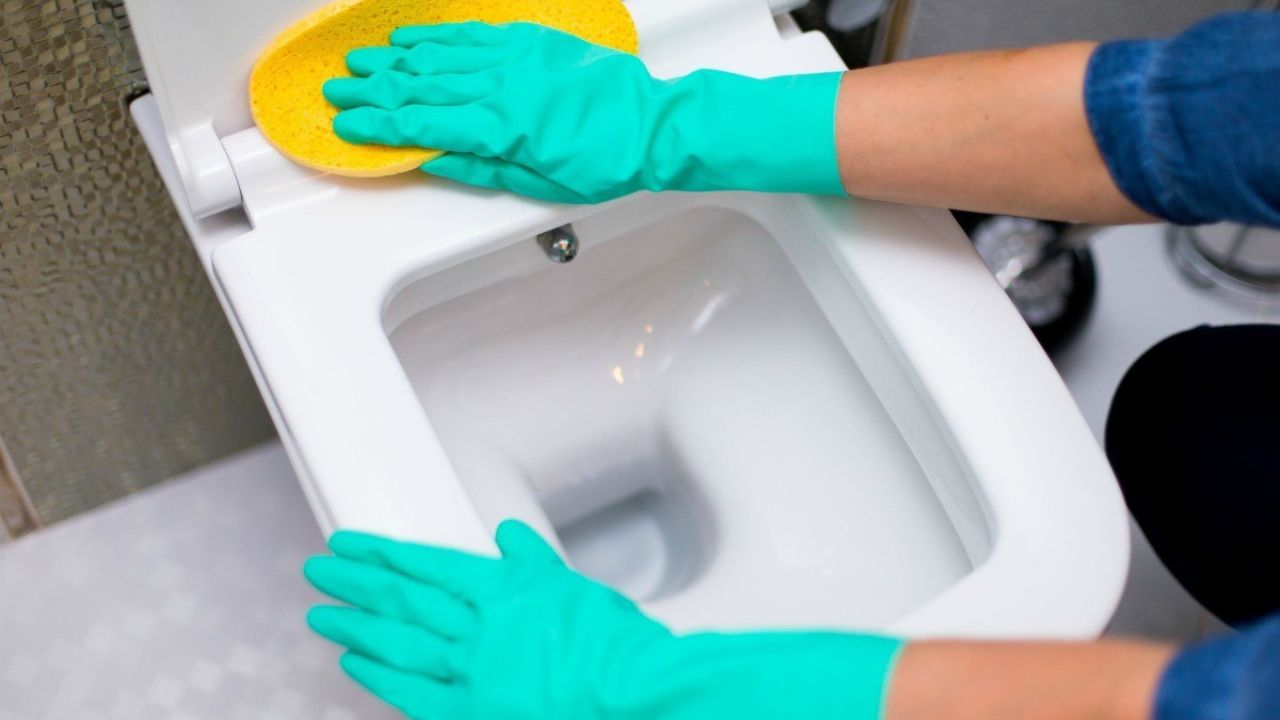
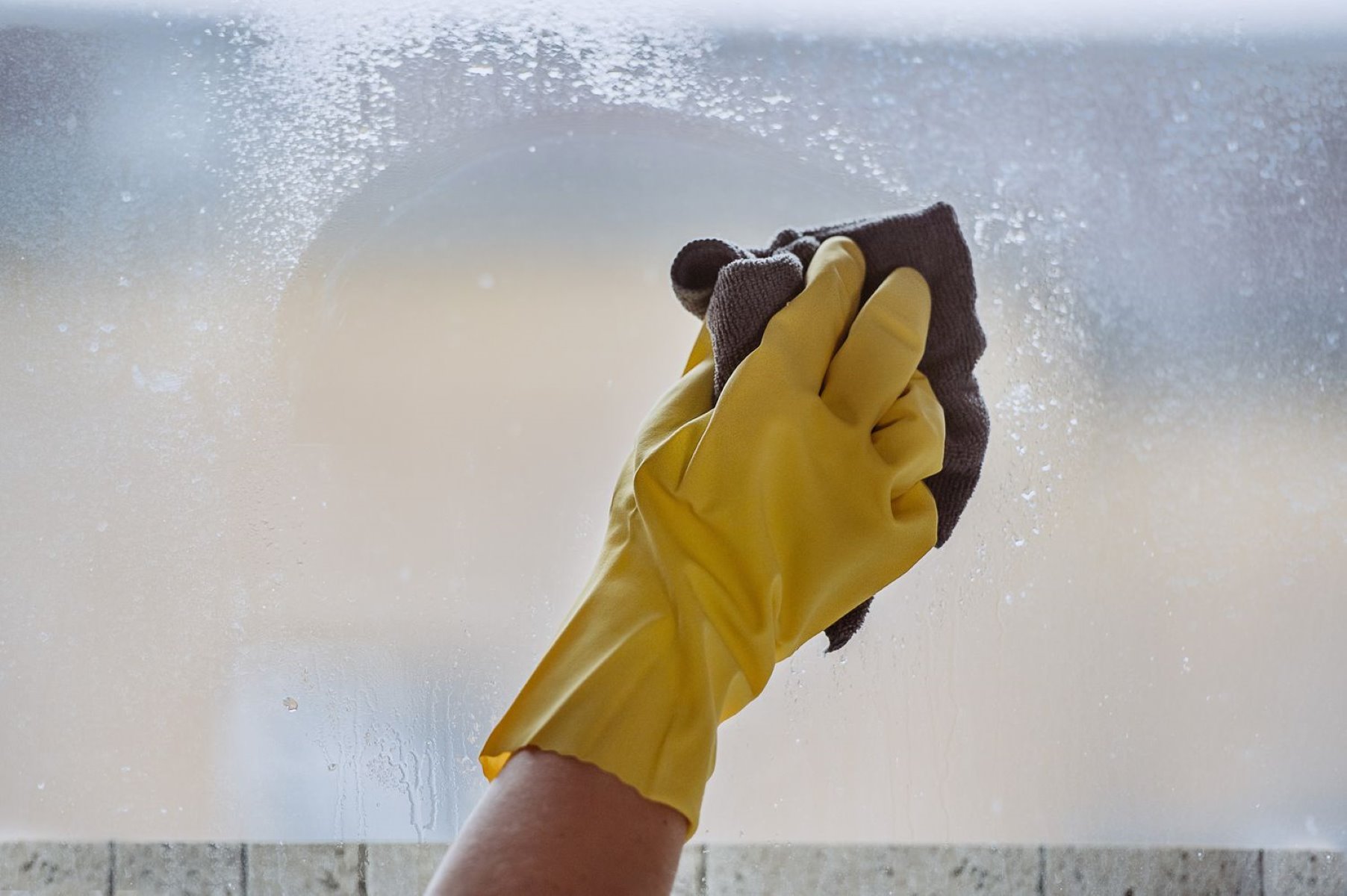
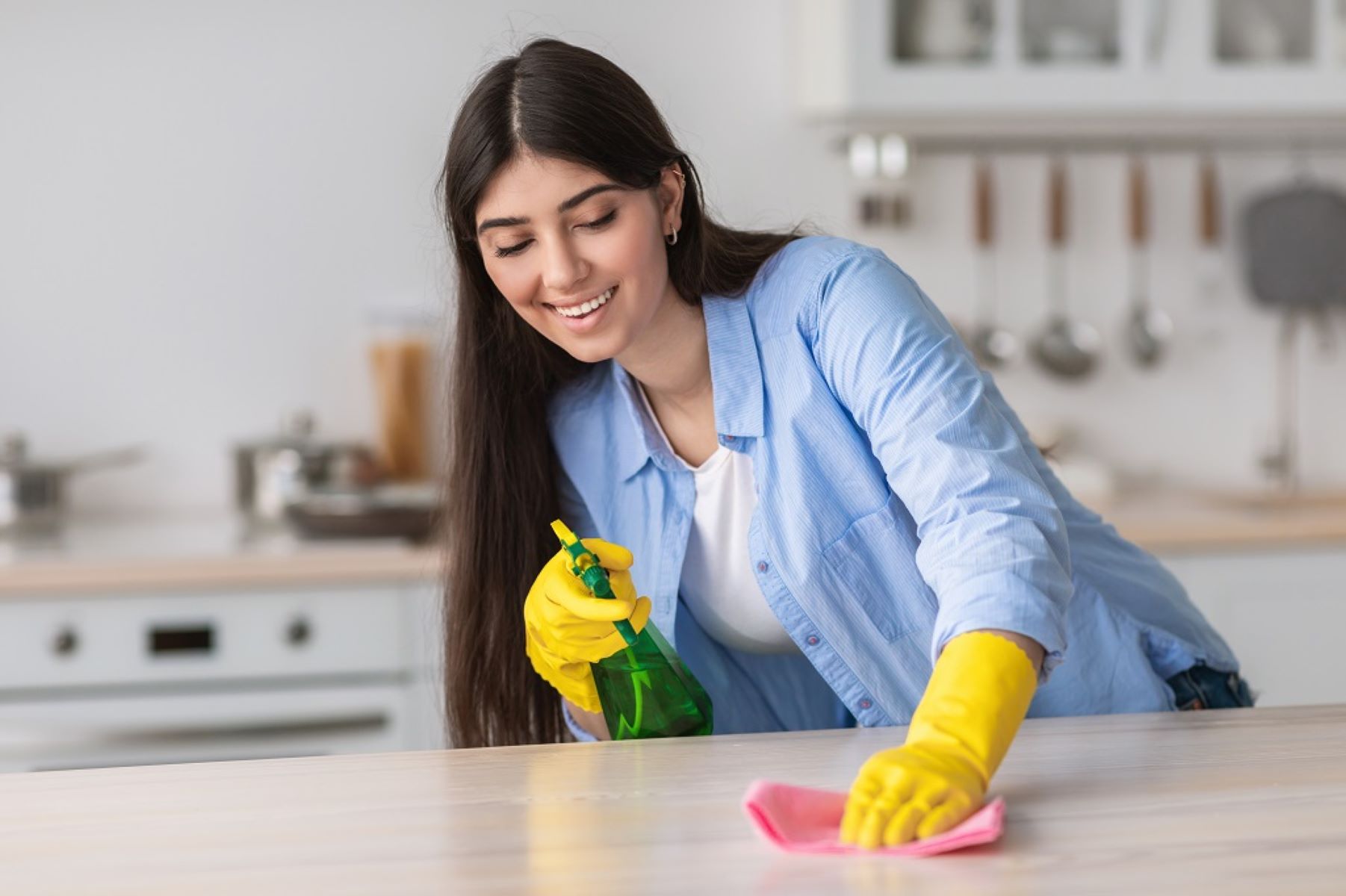

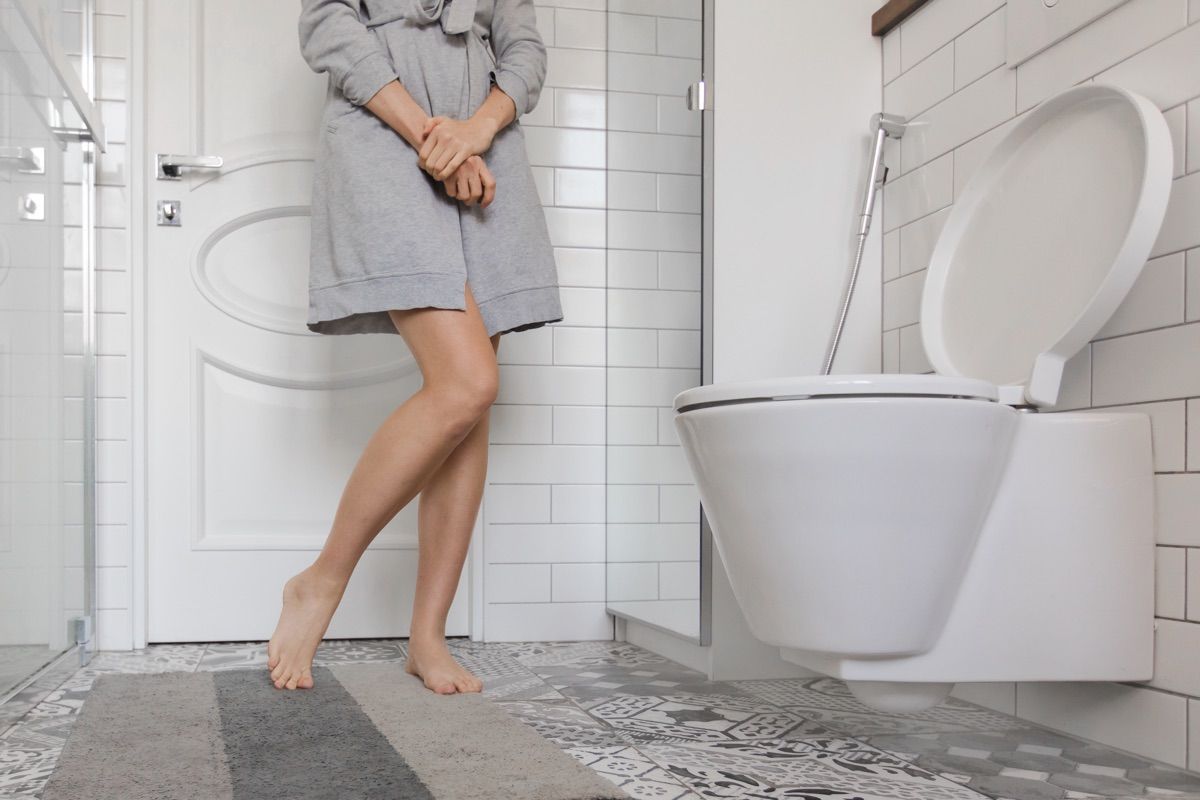
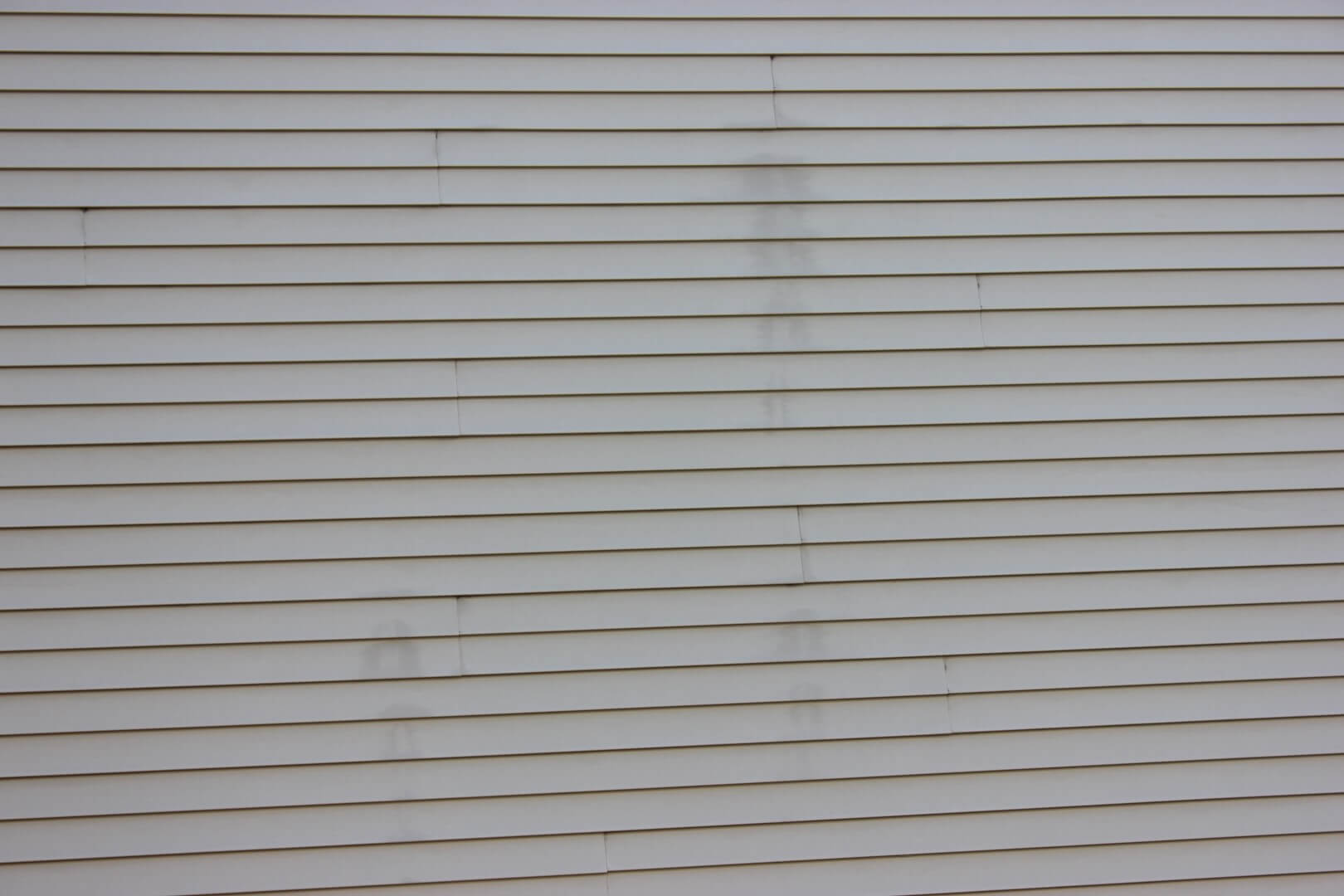
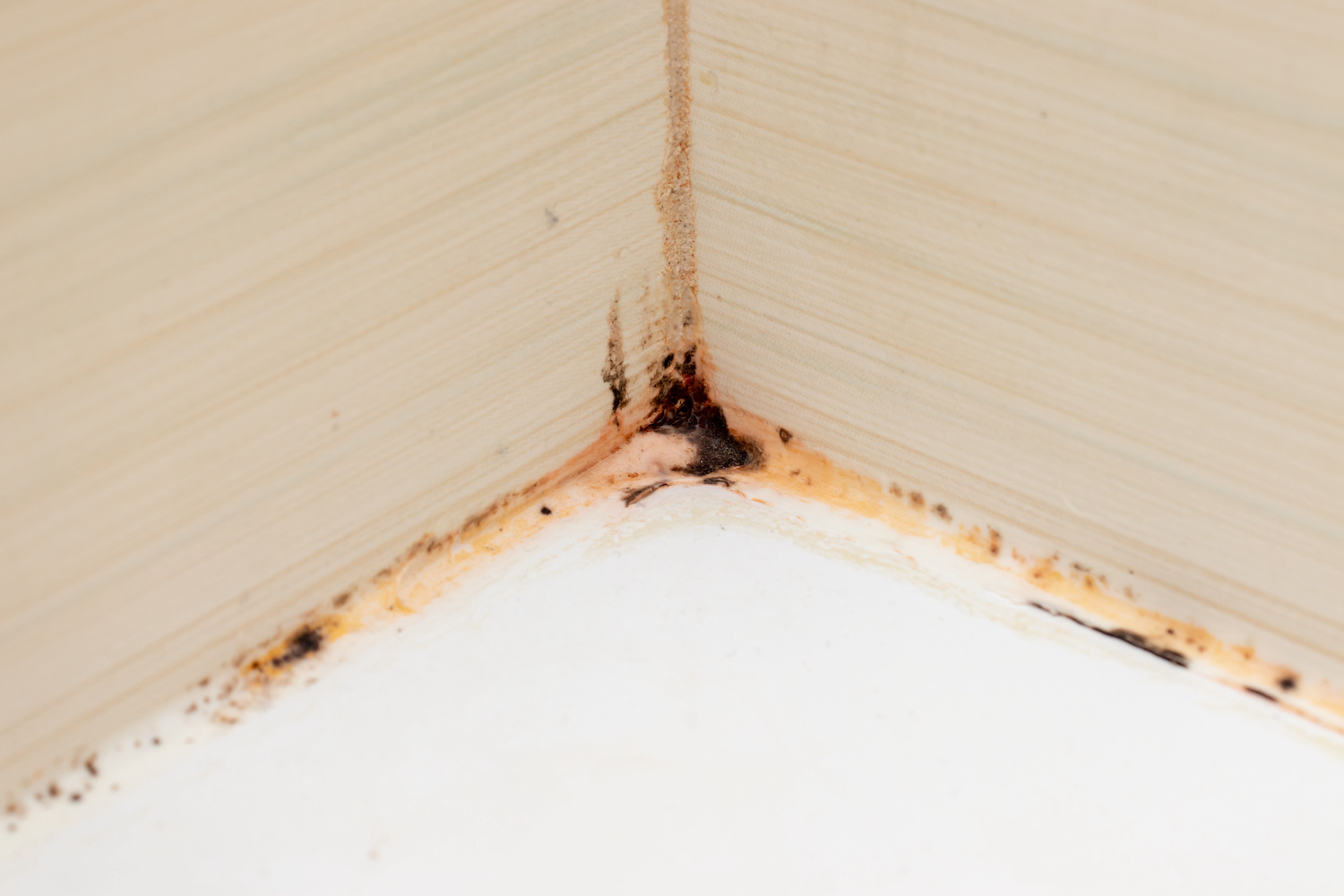
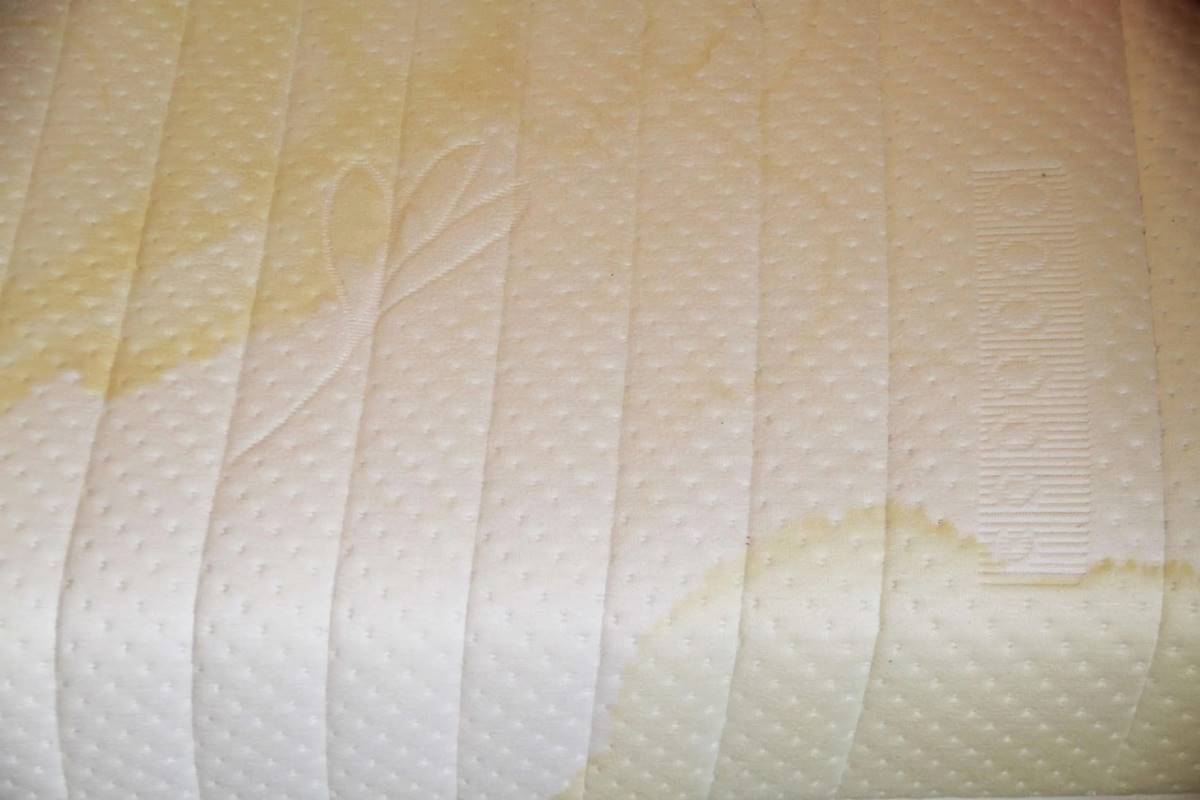

0 thoughts on “How To Get Stain Off Toilet Seat”